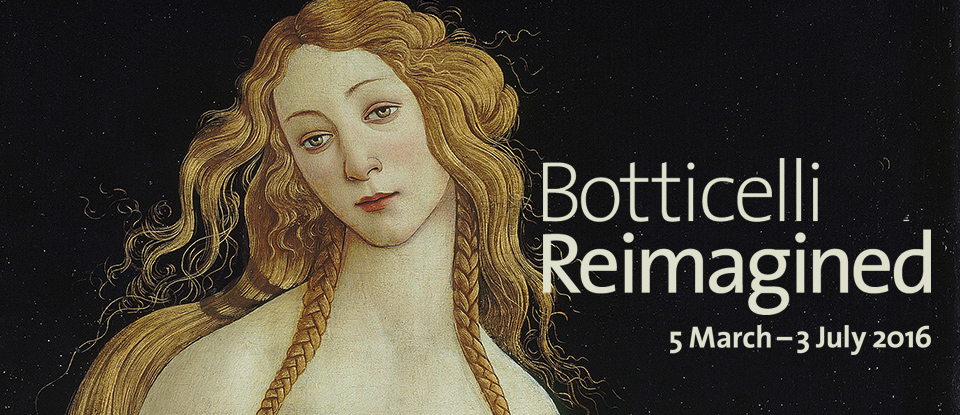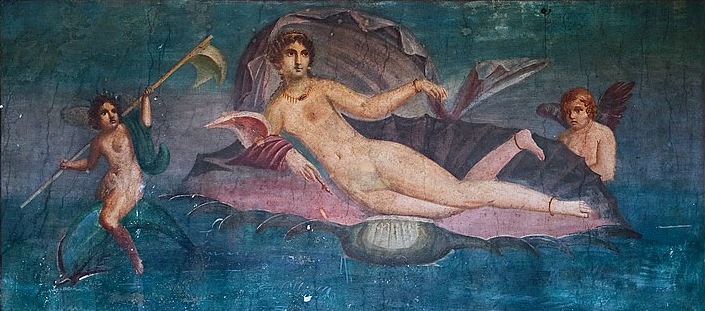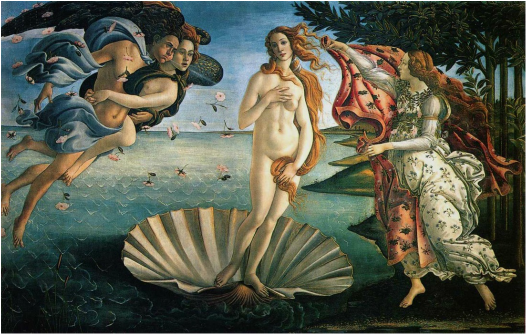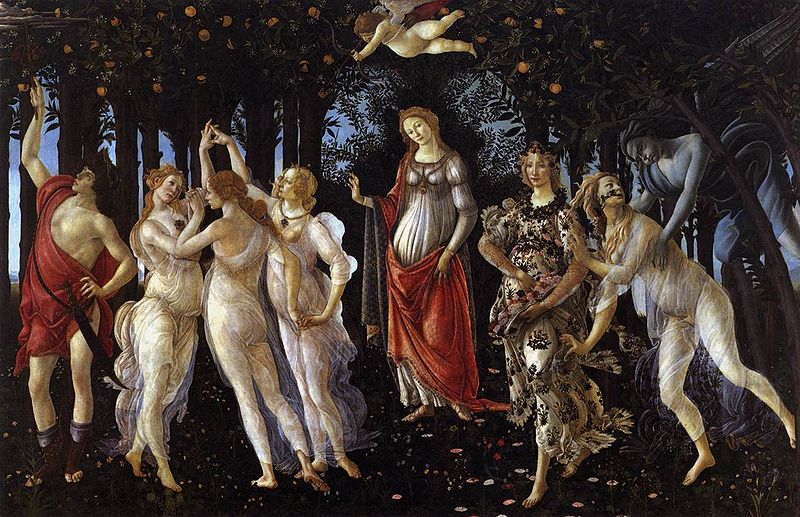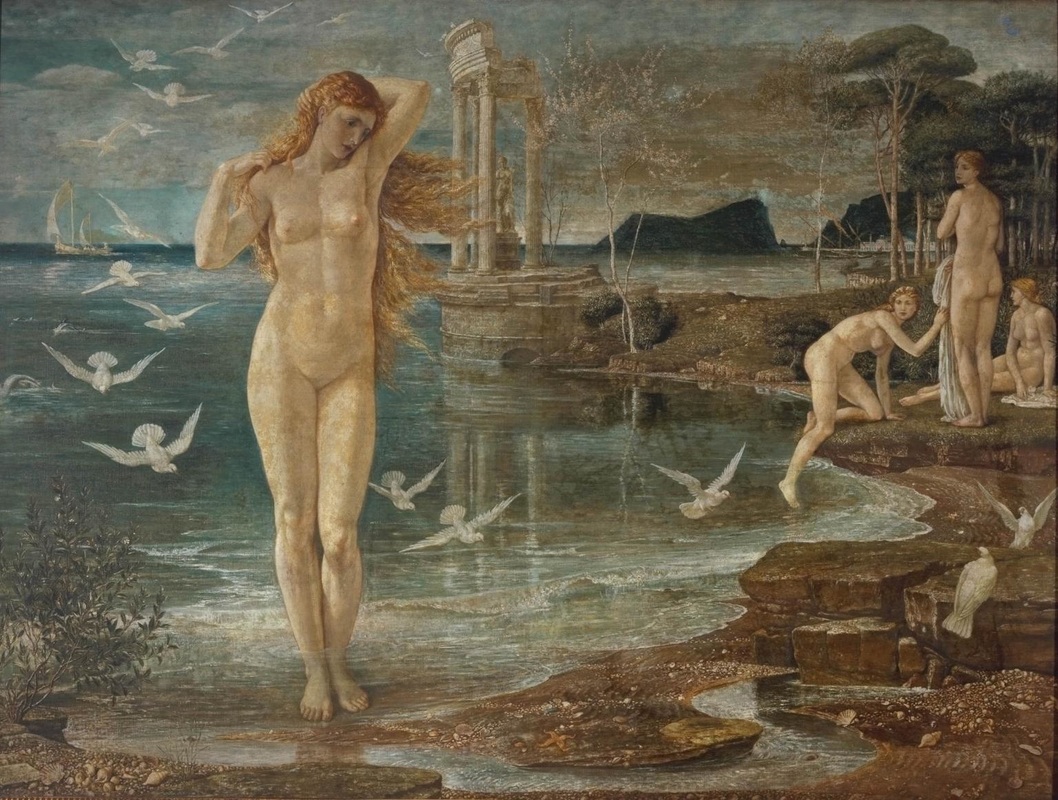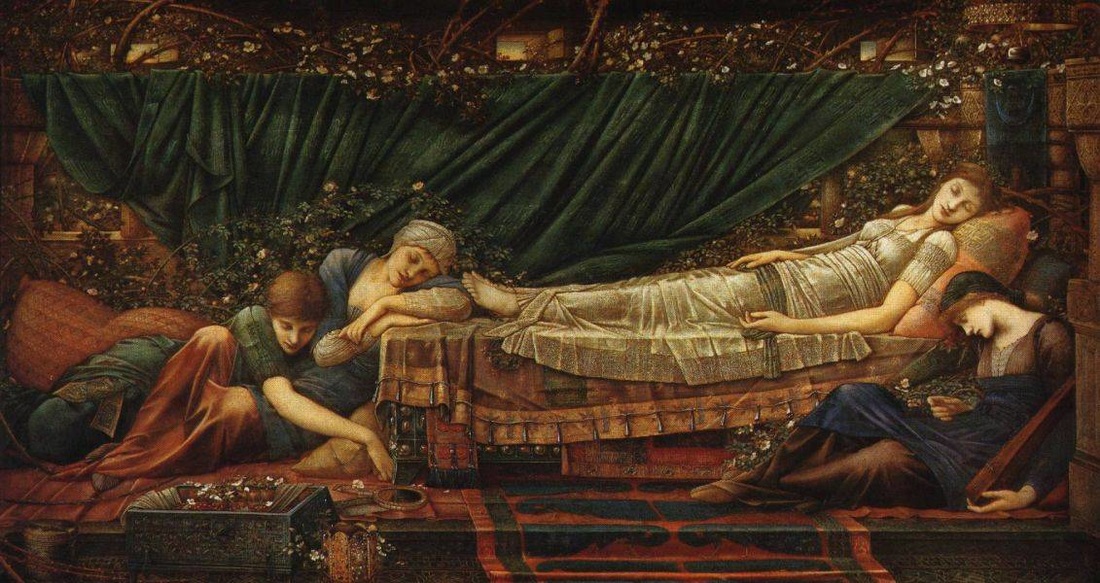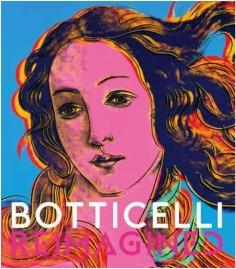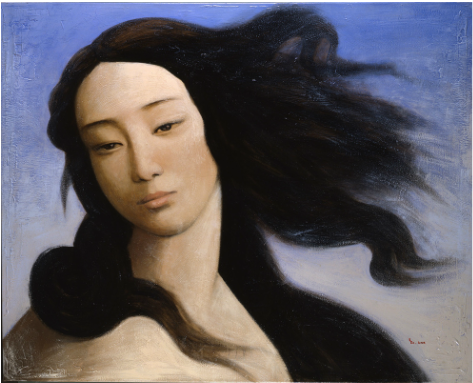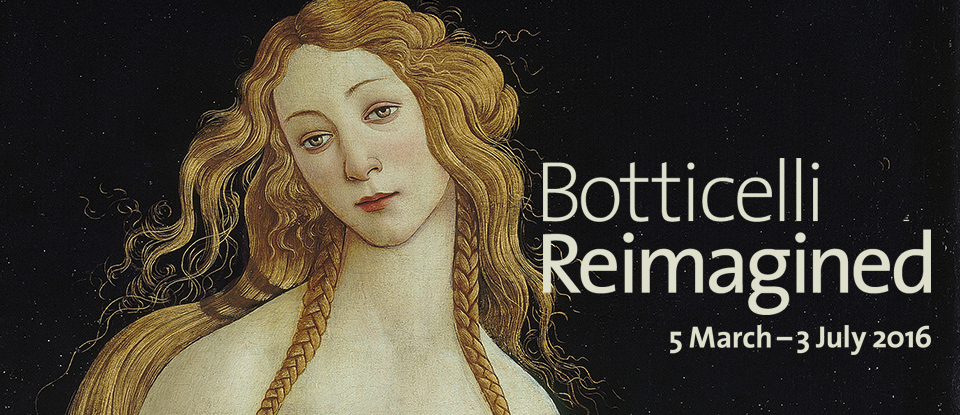Anne Maria Clarke @ the V&A There is a golden thread that reaches back beyond the classical world from the paintings of Botticelli during the magnificent flowering of the renaissance through to the art of present day. It seems that for hundreds of years in between it’s trail has been lost, forgotten, hidden or simply disregarded – then for no apparent reason it has re-emerged into popular consciousness, re-discovered, re-imagined by new artists who have enchanted us anew. So what is the nature of this seemingly eternal quest? What do we seek, that slips so easily from our grasp? ***** When I saw the V&A were putting on this exhibition I knew straightaway I had to come. Featuring over 50 original works by Botticelli it looks at how his work has influenced subsequent generations of artists like William Morris and the pre-Raphaelites' through to Andy Warhol, Elisa Schiaparelli and countless others. The story however begins a long time before even Botticelli was born, many hundreds of years ago in the classical world of Ancient Rome and Greece, when the mythological figures which were to feature so prominently in the early Renaissance, were actual gods and goddesses and where the humanist values that so influenced the renaissance, were thought to have been first conceived. Birth of Aphrodite |
Archives
February 2023
|
